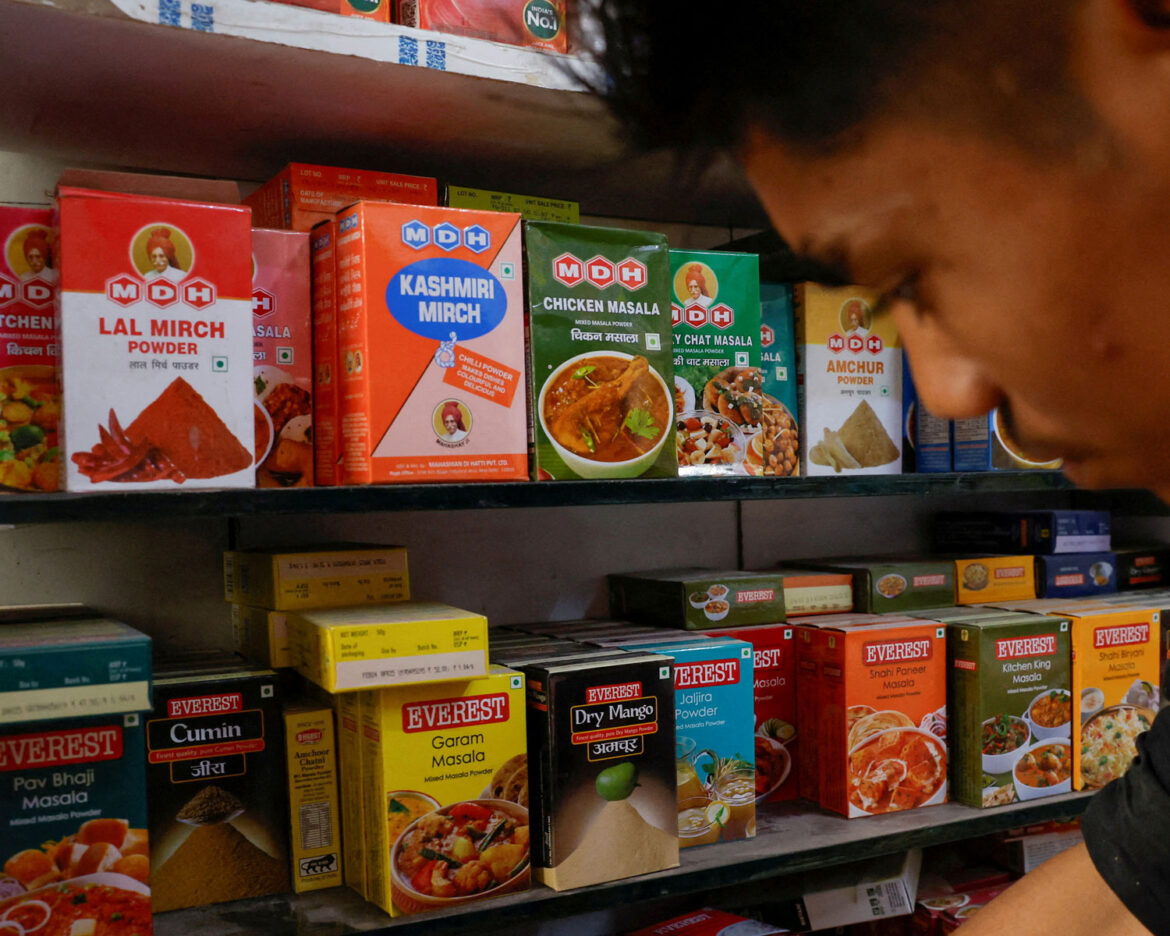Nearly 12 percent of tested spice samples in India failed to meet quality and safety standards, according to data obtained by Reuters from the Food Safety and Standards Authority of India (FSSAI). This follows heightened scrutiny after several countries raised concerns over contamination risks in two popular spice brands, MDH and Everest.
The FSSAI conducted inspections, sampling, and testing of mixed spice blends after Hong Kong suspended sales of certain MDH and Everest products in April due to high pesticide levels. Following this, the UK tightened controls on all spice imports from India, while New Zealand, the US, and Australia began investigating the issue.
Despite these concerns, MDH and Everest have asserted that their products are safe for consumption. Both brands are highly popular in India, the world’s largest spice producer, exporter, and consumer, and their products are widely sold across Europe, Asia, and North America.
Data obtained by Reuters under India’s Right to Information Act revealed that out of 4,054 spice samples tested between May and early July, 474 failed to meet quality and safety parameters.
The FSSAI stated that it did not have brand-specific breakdowns of the samples tested but assured that appropriate action was being taken against companies involved. However, the agency did not provide detailed reports on the failed samples.
India’s domestic spice market was valued at $10.44 billion in 2022, and its spice exports reached a record $4.46 billion in the fiscal year ending in March. As the global demand for Indian spices continues to grow, maintaining quality and safety standards will remain crucial to safeguarding the industry’s reputation and market share.



